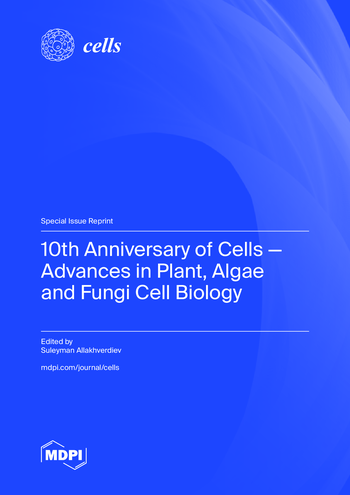Deciphering the Pathophysiological Mechanisms Underpinning Myoclonus Dystonia Using Pluripotent Stem Cell-Derived Cellular Models
IF 5.1
2区 生物学
Q2 CELL BIOLOGY
引用次数: 0
Abstract
Dystonia is a movement disorder with an estimated prevalence of 1.2% and is characterised by involuntary muscle contractions leading to abnormal postures and pain. Only symptomatic treatments are available with no disease-modifying or curative therapy, in large part due to the limited understanding of the underlying pathophysiology. However, the inherited monogenic forms of dystonia provide an opportunity for the development of disease models to examine these mechanisms. Myoclonus Dystonia, caused by SGCE mutations encoding the ε-sarcoglycan protein, represents one of now >50 monogenic forms. Previous research has implicated the involvement of the basal ganglia–cerebello-thalamo-cortical circuit in dystonia pathogenesis, but further work is needed to understand the specific molecular and cellular mechanisms. Pluripotent stem cell technology enables a patient-derived disease modelling platform harbouring disease-causing mutations. In this review, we discuss the current understanding of the aetiology of Myoclonus Dystonia, recent advances in producing distinct neuronal types from pluripotent stem cells, and their application in modelling Myoclonus Dystonia in vitro. Future research employing pluripotent stem cell-derived cellular models is crucial to elucidate how distinct neuronal types may contribute to dystonia and how disruption to neuronal function can give rise to dystonic disorders.利用多能干细胞衍生细胞模型破译肌阵挛肌张力障碍的病理生理机制
肌张力障碍是一种运动障碍疾病,发病率约为 1.2%,其特征是肌肉不自主收缩,导致姿势异常和疼痛。目前只有对症治疗方法,没有改变疾病或治愈的疗法,这在很大程度上是由于对其潜在病理生理学的了解有限。不过,单基因遗传性肌张力障碍为开发疾病模型以研究这些机制提供了机会。肌阵挛是由编码ε-肌糖蛋白的 SGCE 基因突变引起的,是目前超过 50 种单基因遗传性肌张力障碍之一。以往的研究表明,肌张力障碍的发病机理与基底节-小脑-皮层回路有关,但要了解具体的分子和细胞机制,还需要进一步的工作。多能干细胞技术实现了一个源于患者的疾病建模平台,该平台携带致病突变。在这篇综述中,我们将讨论目前对肌阵挛病因学的理解、从多能干细胞中产生不同神经元类型的最新进展,以及多能干细胞在肌阵挛体外建模中的应用。未来采用多能干细胞衍生细胞模型的研究对于阐明不同神经元类型如何导致肌张力障碍以及神经元功能紊乱如何导致肌张力障碍至关重要。
本文章由计算机程序翻译,如有差异,请以英文原文为准。
求助全文
约1分钟内获得全文
求助全文
来源期刊

Cells
Biochemistry, Genetics and Molecular Biology-Biochemistry, Genetics and Molecular Biology (all)
CiteScore
9.90
自引率
5.00%
发文量
3472
审稿时长
16 days
期刊介绍:
Cells (ISSN 2073-4409) is an international, peer-reviewed open access journal which provides an advanced forum for studies related to cell biology, molecular biology and biophysics. It publishes reviews, research articles, communications and technical notes. Our aim is to encourage scientists to publish their experimental and theoretical results in as much detail as possible. There is no restriction on the length of the papers. Full experimental and/or methodical details must be provided.
 求助内容:
求助内容: 应助结果提醒方式:
应助结果提醒方式:


